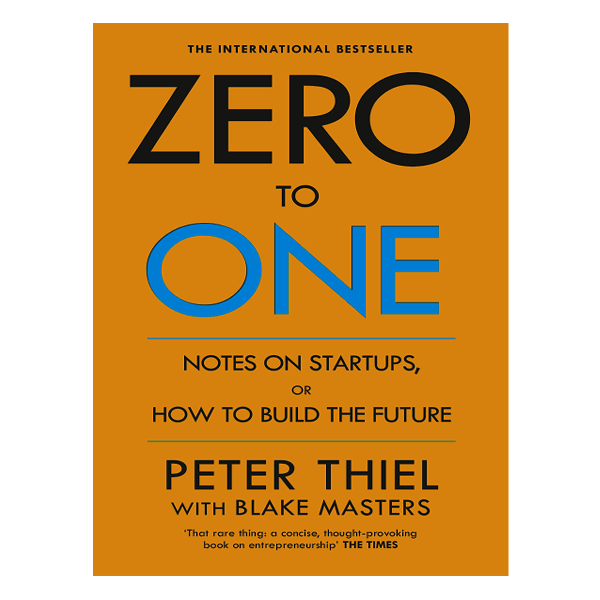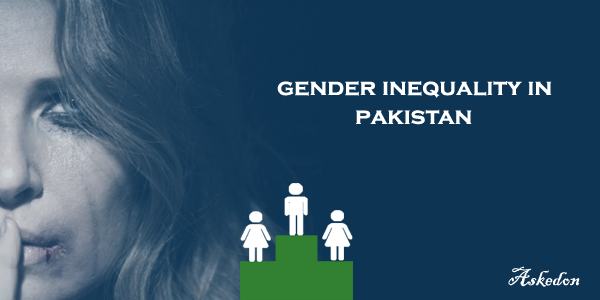According to the United Nations Office on Drugs and Crime, Pakistan has 6.7 million drug users. Almost 2 million of these are addicts, amongst the highest numbers for any country in the world. According to a research article published in 2020 in Elsevier, the first step towards drug addiction starts with smoking. Researchers also state that drug usage in movies also influences the behavior of drug consumption among university students. Abuse of cannabis and heroin, both of which are extremely cheap and easy to get, is rife in the country. Most of the drugs come from Afghanistan, the country that is responsible for at least 75% of the world's heroin. The UNODC calculates that more than 800,000 Pakistanis between the ages of 15 and 64 use heroin regularly. It is also estimated that up to 44 tons of processed heroin are consumed annually in Pakistan. A further 110 tons of heroin and morphine from neighboring Afghanistan are trafficked through Pakistan to international markets.
Furthermore, Pakistan's illegal drug trade is believed to generate up to $2 billion a year. The number of cannabis users is particularly high in the Khyber Pakhtunkhwa province of Pakistan, which neighbors Afghanistan, where close to 11 percent of the population is hooked on drugs (mainly Cannabis). In 2013, the number of drug users in Balochistan was 280,000. In Pakistan, the total number of drug addicts as per a UN report is 7.6 million, 78% of whom are male, while the remaining 22% are female. The number of these addicts is increasing at the rate of 40,000 per year, making Pakistan one of the most drug-affected countries in the world. The number of injection drug users in Punjab has also increased sharply in recent years.
In 2007, Pakistan had an estimated 90,000 injecting drug users, but the number had risen to around 500,000 by 2014. This increase has also been accompanied by an increase in HIV positivity. According to research, in 2005, about 11 percent of Pakistani drug users were HIV positive. That number had risen to 40 percent in 2011.
Muhammad Dashti
VIA email







0 Comments